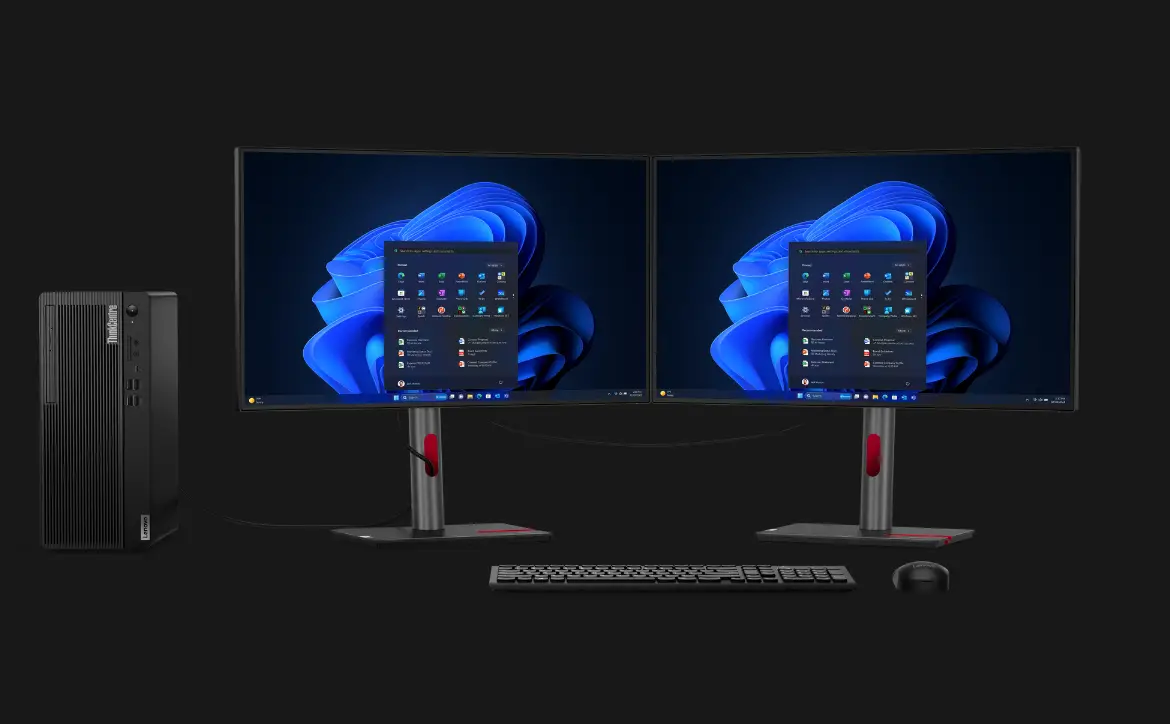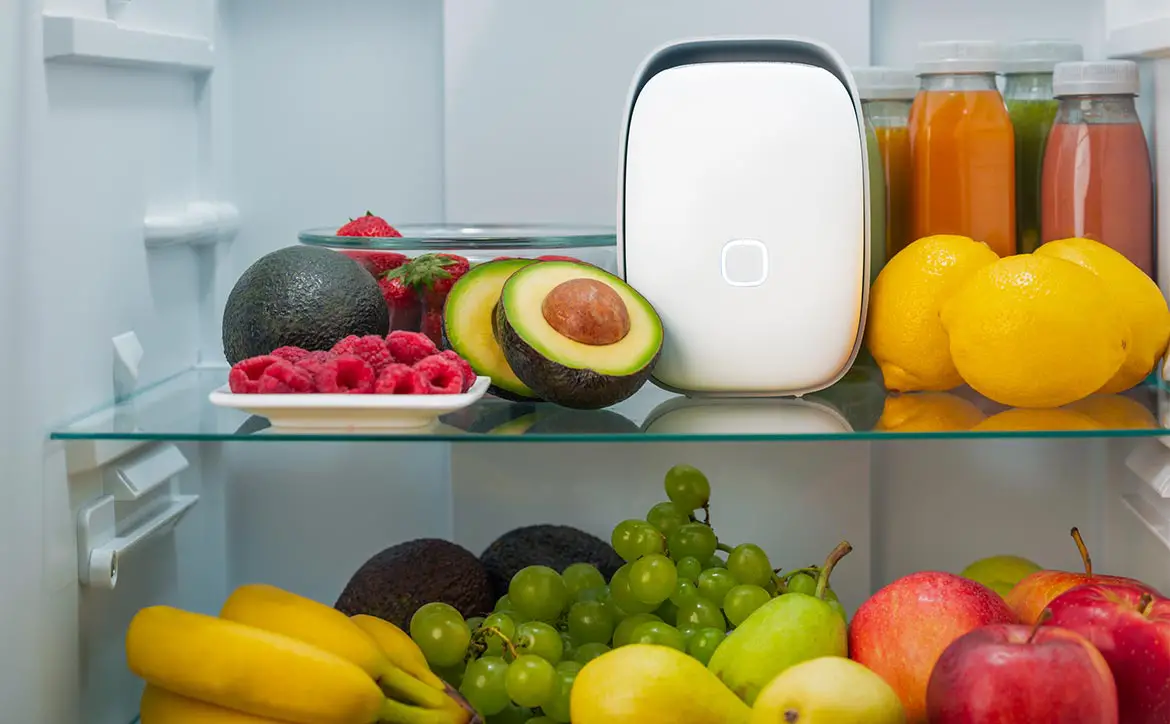It’s no secret that 2013 was a big year for streaming media. Movies and TV shows became more widely available than ever before, the same content becoming accessible across multiple platforms and, occasionally, services. Multimedia companies seemed to have heard the cries of consumers: We want to watch more, easier, and more often. Even Time Warner Cable finally allowed users (albeit only certain cable TV subscribers) to access live television via the Internet, something that many did not expect to come down the pipeline for a while yet.
Enter the Chromecast, a $35 HDMI dongle designed by Google. Very cheap by industry standards, though not lacking in quality when compared to affordability. All you need to make the Chromecast work is a TV, a wifi connection, and either a smartphone, tablet, or computer. Dead simple, which pleases Google as much as it pleases the consumer. At first, many were skeptical of Google’s plans with the Chromecast. They released it with a very limited number of apps, and even after a couple of months it didn’t seem like it was going to take off.
The the question arose: Would we all just forget about it as the neat little device faded into tech history? Does Chromecast actually matter? Thankfully, the answer came swiftly:
Yes.
Here’s why: Google is, and has been, gunning for the coveted position of industry standard in the field of casting to other devices. In early December 2013, the tech giant revealed its plans to bring the technology that makes the Chromecast tick – called Google Cast – to as many manufactures and devices as it can starting in 2014.
Sure, sometimes you forget that the Chromecast exists, but now it’s not because of a lack of functionality – it’s because when you plug it into the back of your flat screen TV it just works. That’s what the Google Cast ecosystem is designed to do, make you happy by being simple. Chromecast has proven that simple does not mean forgettable. Even better is that it’s a powerful little thing, able to stream online content through Netflix, online and local content through Plex, and even Google Chrome browser tabs from a connected device (now it’s a lot easier to show everyone in the office that spreadsheet).
After announcing their plans to bring the Chromecast to more international markets this year, Google also decided to somewhat open up the development SDK, with the promise of a fully open SDK in the future, currently allowing a selection of around 200 developers of both Android and iOS apps to apply to add Google Cast to their apps. As we saw in December, there was a rush of new apps, including fan favorites like Plex, Revision3, and BeyondPod. More apps, say Google spokespeople, are coming soon.
Ultimately everyone wins here, not just Google. Google has made Chromecast insanely affordable to shoppers while giving developers a new way to deliver their content to eager consumers. Not only does this make Google Cast widely available and commonly accepted, which is exactly what Google wants, but it also allows for tremendous growth for app developers, which makes the rest of us happy.
Truthfully, Apple’s AirPlay has been around a lot longer (since 2010) than Google’s Chromecast (2013) and even MiraCast (2012), though it has a slightly different agenda, has been seen somewhat regularly throughout the tech industry since its inception. That doesn’t bother Google, though. AirPlay is clunky and limited on certain devices, and MiraCast has had issues with reliability. Chromecast was the test phase, and now Google has unveiled their plans to create an industry standard that is both nimble and widely available, two features that are absolutely required to gain control over the casting market. In this way, Google stands ready to beat down the competition, setting its sights on becoming an industry standard and guaranteeing increased revenue from manufacturing agreements, licensing, and what Google does best, data collection.
Who doesn’t want to fling something to the television from their device like they’re in a science fiction movie? Indeed, that aspect of science fiction is very close to becoming a reality thanks to Google.
Source: Gigaom
Related articles
- HBO GO Can Now Officially Cast To Chromecast (techaeris.com)
- Google Adds 10 New Chromecast Apps Including BeyondPod, Plex, And VEVO (androidpolice.com)
- 8 Creative Uses for Google’s Chromecast (makeuseof.com)
Last Updated on July 4, 2014.












Comments are closed.